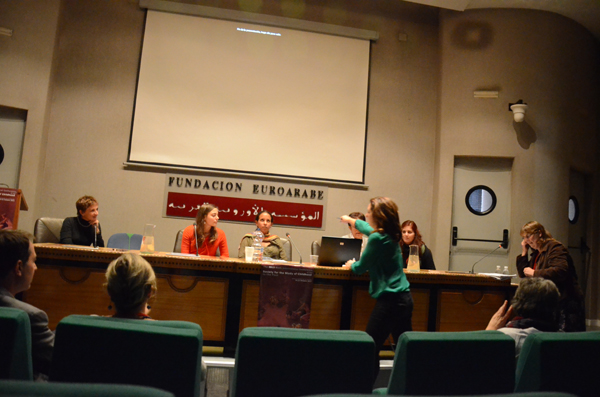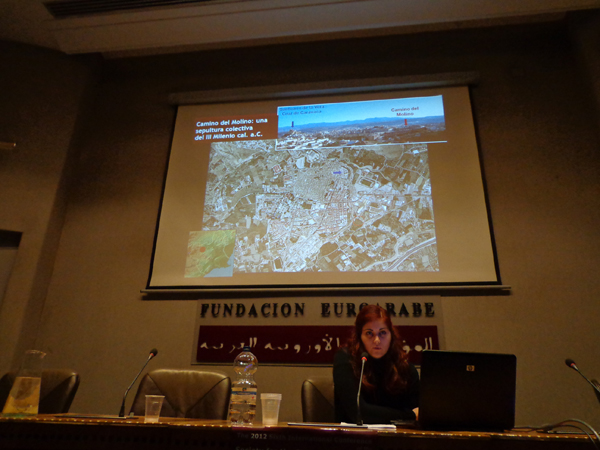Session II. Space, body and mind: Children in funerary contexts
Publicado el 23/11/12
The presence of ludic culture in the funerary rituals for infants: the play activity in vigils
Jaume Bantulà Janot. Universitat Ramon Llull. Spain and Andrés Payà Rico. Universitat de València. Spain
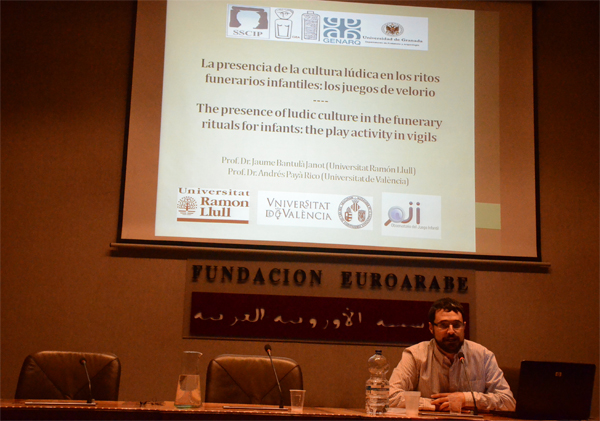
Health and growth in the Copper Age. Study of a subadult sample from Camino del Molino, a collective burial of the III Millenium BC (Caravaca de la Cruz, Murcia)
Susana Mendiela. Universitat de Barcelona. Spain; Carme Rissech. Universitat de Barcelona. Spain; María Haber. Universidad de Murcia. Spain; Daniel Turbón. Universitat de Barcelona. Spain
Infant burial during Chalcolithic and Bronze Age in the area the Jarama: somenotes about childhood during III-II millennium BC
Raquel Aliaga Almela. Universidad Autónoma de Madrid. Spain; Corina Liesau. Universidad Autónoma de Madrid. Spain; José Luis Gómez. Universidad Autónoma de Madrid. Spain; Concepción Blasco. Universidad Autónoma de Madrid. Spain; Patricia Ríos. Universidad Autónoma de Madrid. Spain; Lorenzo Galindo. Universidad Autónoma de Madrid. Spain; Vicente Sánchez-Sánchez. Universidad Autónoma de Madrid. Spain
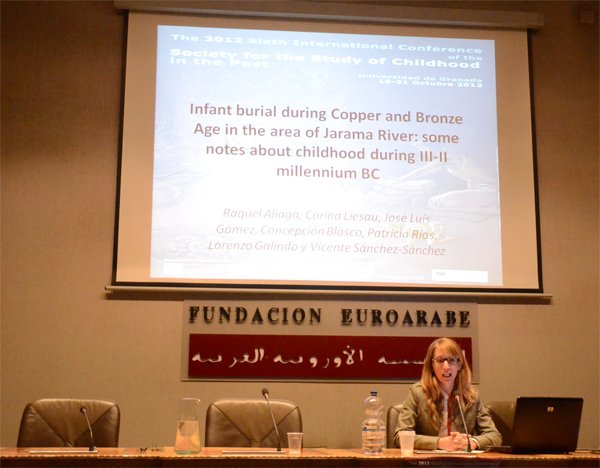
Dying young in archaic Gela (Sicily): from the analysis of the cemeteries to thereconstruction of early colonial identity
Claudia Lambrugo. Università degli Studi di Milano. Italy
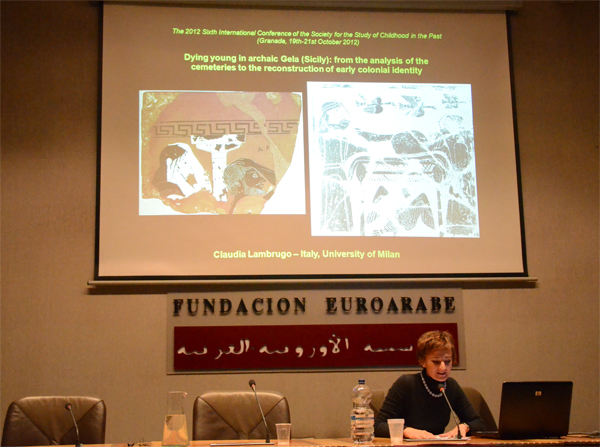
Children’s burials in the vaccean cemetery of Las Ruedas, from Pintia (Padillade Duero/Peñafiel, Valladolid). A first approach to its study
Carlos Sanz Mínguez. Universidad de Valladolid. Spain
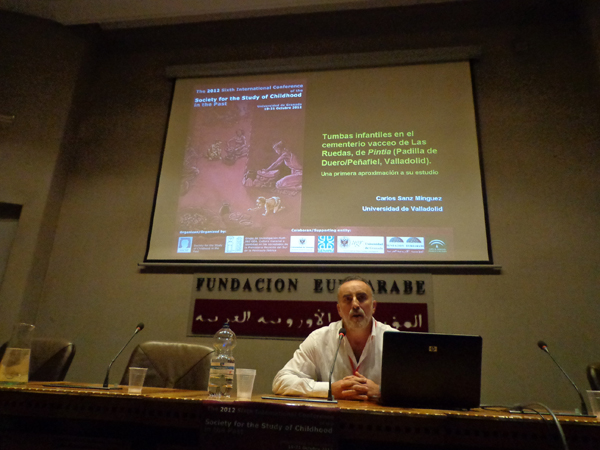
Cherchez l’enfant! Children and funerary spaces in Magna Graecia
Diego Elia. University of Turin. Italy and Valeria Meirano. University of Turin. Italy
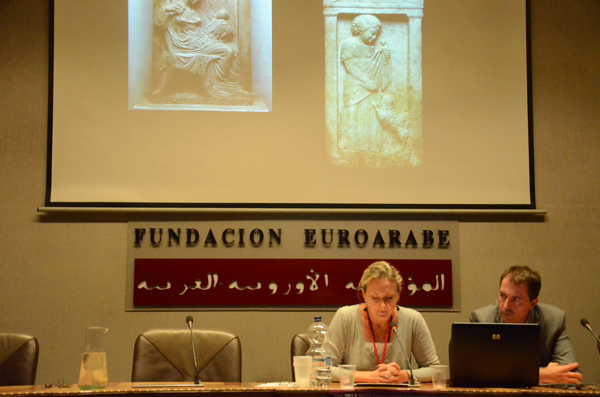
Maternity and perinatal burials in the Roman-Republican vicus at El Camp deles Lloses (Tona, Barcelona): interpretations and meanings
Montserrat Duran e Imma Mestres. Centre de Interpretació El Camp de les Lloses. Spain and Maria Dolors Molas. Universitat de Barcelona. Spain
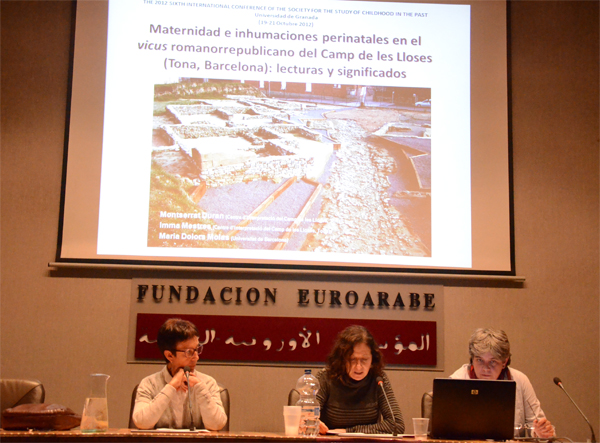
Medieval children’s portraits: a first glance at infant burials in Castel Trosino
Valentina de Pasca. Università degli Studi di Milano. Italy
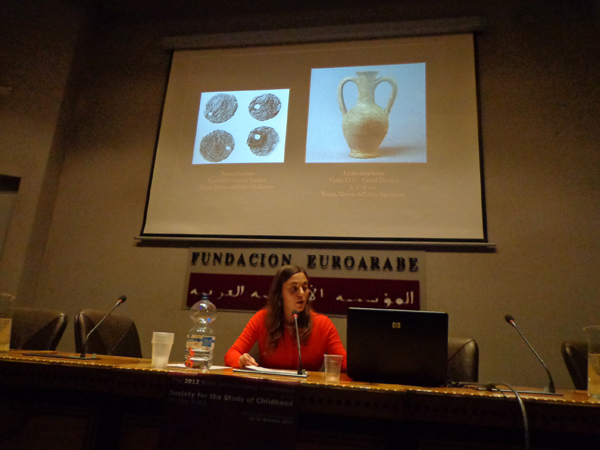
Use of molecular genetics procedures for sex determination in “Guanches”infantile remains
Matilde Arnay. Universidad de La Laguna. Spain; Alejandra Calderón Ordóñez. Universidad de La Laguna. Spain; R. Fregel. Universidad de La Laguna. Spain; Guacimara Ramos. Universidad de La Laguna. Spain; E. González. Universidad de La Laguna. Spain and J. Pestano. Universidad de Las Palmas de Gran Canaria. Spain

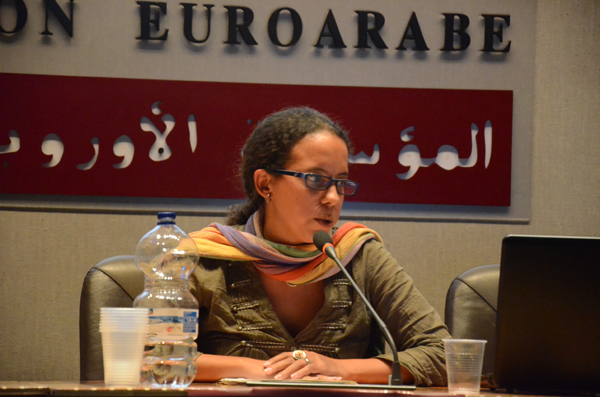
Glimpses of the Lives of Medieval Children in North-west Ireland: Osteological Evidence from Ballyhanna, Co. Donegal
Eileen M. Murphy. Queen’s University Belfast, Northern Ireland
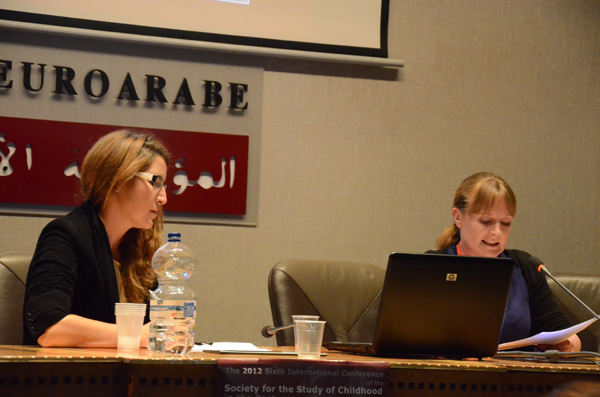
San Millán de la Cogolla (XVIII-XIXth centuries) and the muslim cemetery from Baza: A comparison between two infant funerary spaces
Berta Martínez Silva. Universidad Autónoma de Madrid. Spain; Luis Ríos Frutos. Universidad Autónoma de Madrid. Spain; A. García-Rubio. Universidad Autónoma de Madrid. Spain; Manuel Pérez Asensio. Escuela de Estudios Árabes CSIC. Granada. Spain; N. Bartolomé. Dercetius Arqueología. La Rioja. Spain
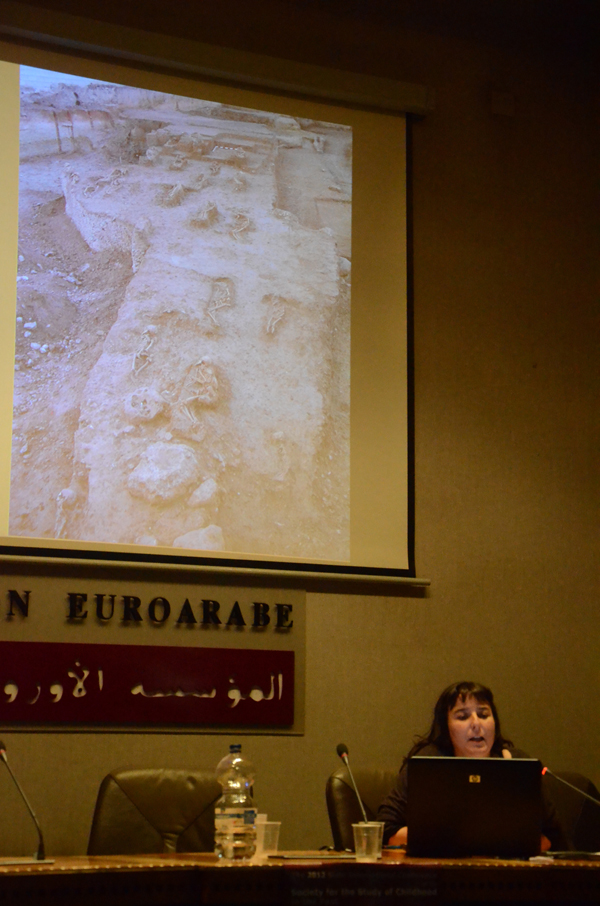
Status, Sentimentality, and Structuration: Histories and Futures in the Archaeological Study of Children in Mortuary Contexts
Jane Eva Baxter. DePaul University. Chicago. USA
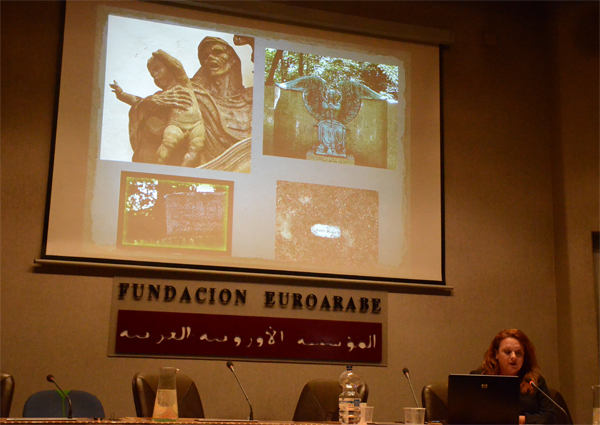
Sharing the experience of death. The dead child and the child confronted with death
Virginia de la Cruz Lichet. Universidad Francisco de Vitoria. Madrid. Spain
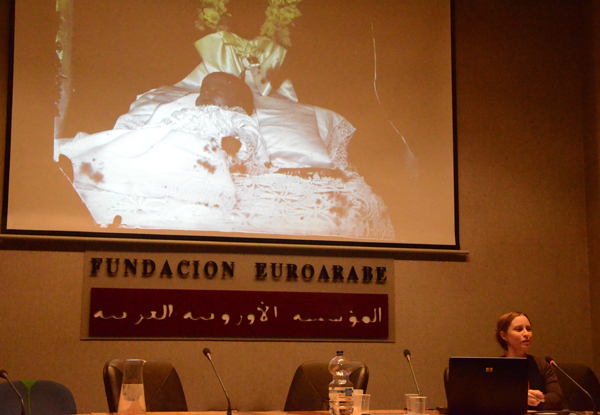
Discussion
